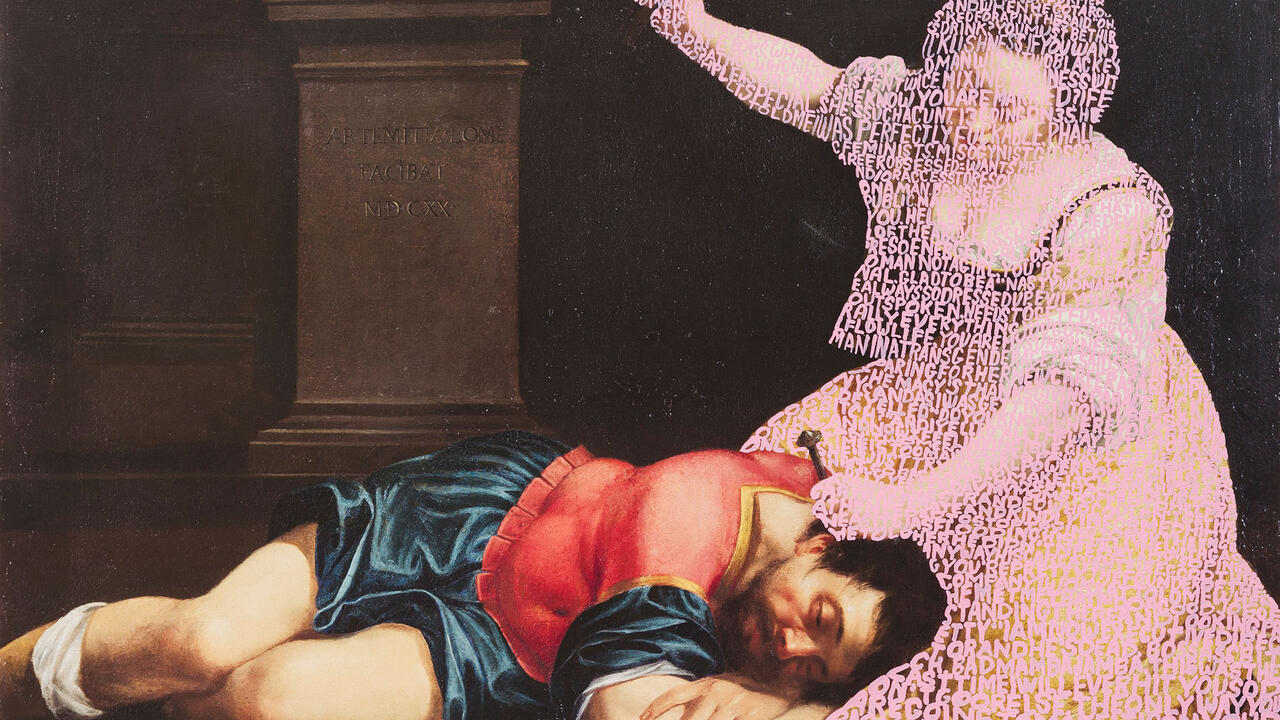Sharon Lockhart
Foksal Gallery Foundation, Warsaw, Poland
Foksal Gallery Foundation, Warsaw, Poland

On her first visit to Poland seven years ago, while where she was filming Podwórka (Backyard) (2009), Sharon Lockhart got to know a young girl named Milena, who would later become a source of inspiration and collaboration. Lockhart’s first solo exhibition in Poland – the country she will represent at the 2017 Venice Biennale – presents a contemplative body of work that grew out of that initial experience, one that reflects the inner lives of a group of young Polish women.
The centrepiece of the Foksal Gallery Foundation show is the 40-minute video Rudzienko (2016), presented alone in a large, darkened space. Comprising long, slow takes – with the same formal detachment that characterizes Lockhart’s photographic work – the atmospheric video depicts a world of weedy suburban ruins, sunlit fields and umbrous forests. Teenage girls wander these landscapes, conjuring the aimless, sultry, summer hours of adolescence. A feeling of imminence pervades: in one scene, a young woman sways alone in the woods to the sound of crickets chirping and leaves rustling. Periodically, the screen fades to black, and fragments of conversation scroll silently upward. The tone of these dialogues shifts between banal innocence and something much darker: ‘What’s your favourite kind of food?’ ‘Spaghetti.’ ‘What do you do when you’re anxious?’ ‘I either take something and cut myself with it, or bang my head against the wall.’

Accompanying material in the gallery reveals that all the young women in the video are wards of the Youth Centre for Socio-Therapy, a school for severely at-risk youth in Rudzienko, Poland. The video, shot over the course of two summers in the district surrounding the Centre, is the product of creative workshops Lockhart has been performing with the young women there over the past few years (the workshops grew out of Lockhart’s research into the philosophies of Janusz Korczak, a Polish educator who advocated for the rights of children). The dialogues come from the girls’ conversations. The contrast between the dreamy, idyllic settings and the inner turbulence revealed by the text is jarring, evoking the twinned yearning and anxiety of adolescence.
Hopeful and heartbreaking at turns, the film captures the instability of youth. Though the scenes are partially staged, the girls’ unpolished gestures create an air of spontaneous action caught on camera. In one scene, a girl balances precariously on a broken cinderblock wall that spans a marsh, gauging her jump to the next segment. She laughs self-consciously, calculates, laughs again, and turns back. An open field seems empty until a group bursts from the tall grass to run, giggling, past the camera. In one of the most poignant scenes, two girls embrace in an awkward slow-dance inside a decaying school gymnasium. The taller girl cradles the head of the shorter girl tenderly in her palm, but it’s hard to tell if the gesture signifies romantic love or protection. Their sneakers shuffling on the dusty wooden floor is the only sound.

Many of the images and text expose the girls’ anxieties and misgivings, and it’s clear that Lockhart’s commitment to both alternative pedagogy and to creativity as an exploration of – and escape from – suffering, has inspired their trust. Lockhart’s relationship with the young women has endured: at this year’s Venice Biennale she will present ‘Little Review’ (2017), a new collection of film, photography and text that will feature former and current students from social therapy centres in Poland.
In a separate gallery, three photographs from the series ‘When You’re Free You Run in the Dark’ (all 2016) complement Rudzienko, probing the same contradictions that mark late childhood: shyness and bravery, fragility and strength. In each image, a girl in a dress runs through a forest at night. Bula shows a girl perhaps fleeing something terrifying; but a closer examination of Selena suggests a different narrative: though she races past the dim pines holding her white dress high above her knees, there is almost a smile on her lips, as though she might leave behind whatever troubles her.





















